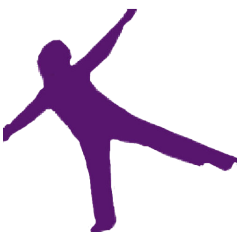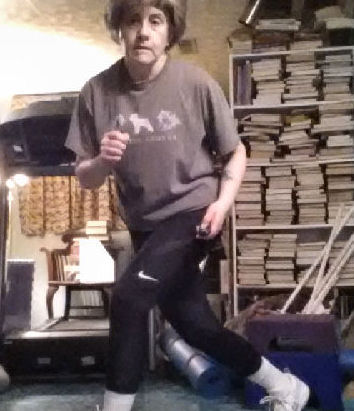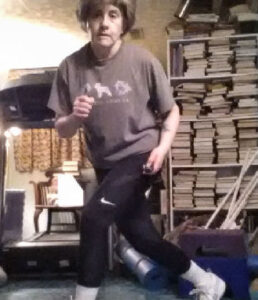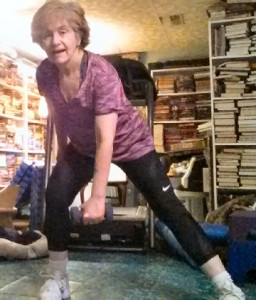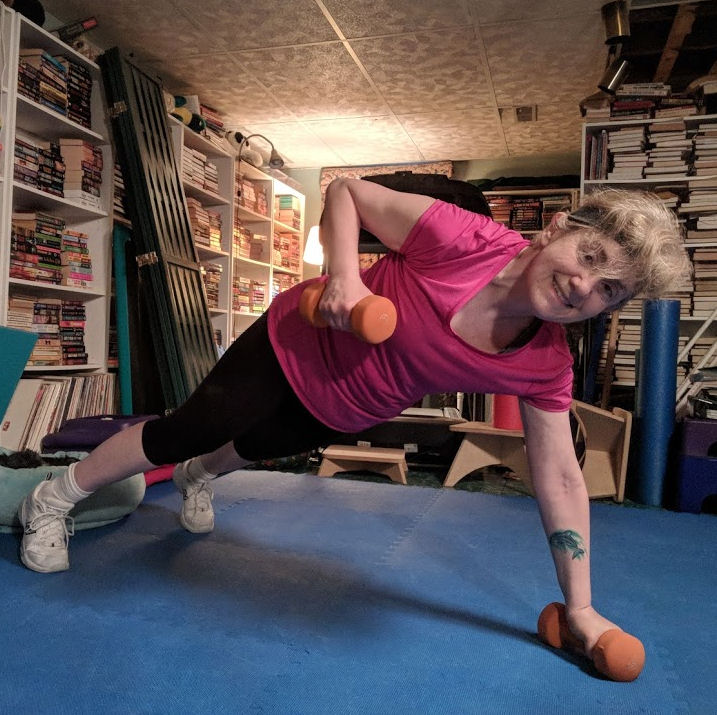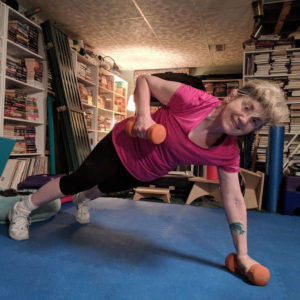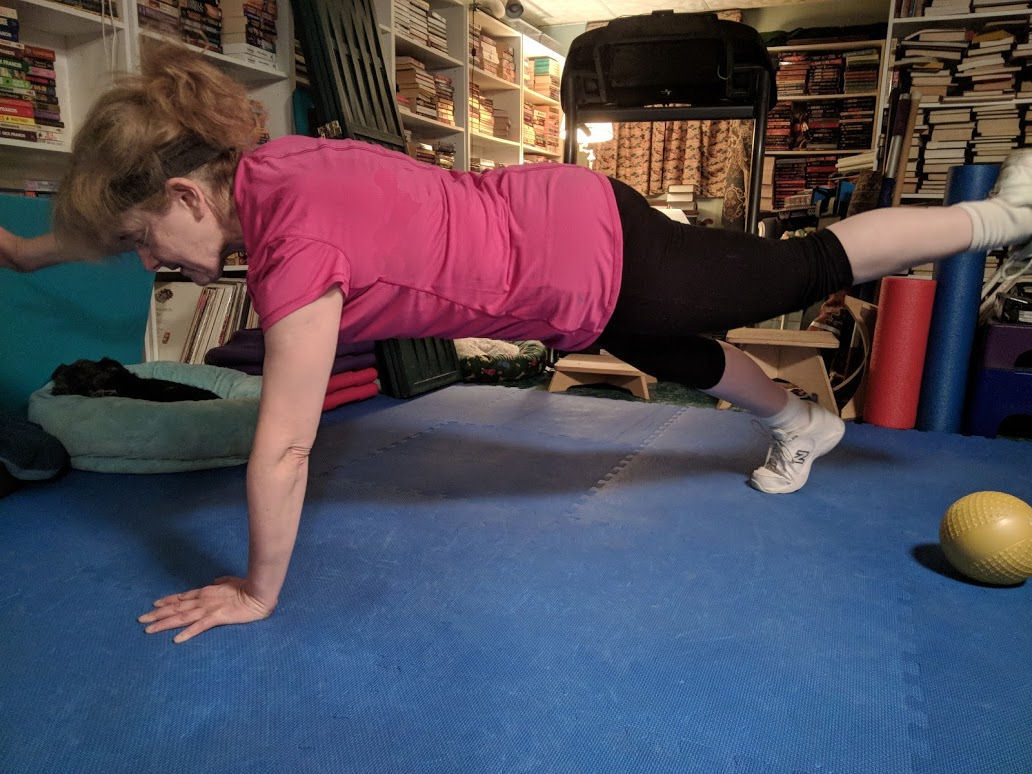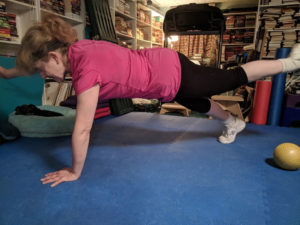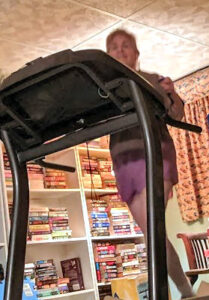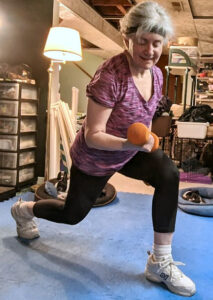How to feel more energized through the day
Many days I’m working away on a project and at some point in the afternoon, it feels like I hit a wall. Do you feel that way? If you do,we’re not alone! Many people run out of juice at some point in the afternoon. Even if we start strong, we’re exposed to many stressors during the day that take a toll. And even though your motivation is strong to continue the work, if you feel like you have to curl up and take a nap, the work is not going to be your best. But, don’t feel like you have to go on feeling drained and out of sorts. And not by grabbing a candy bar at 3:00, either. Here are some ways to feel more energized throughout your day.
Eat more balanced meals
If you’re a grab-on-the-go type of person, it may be time to rethink your eating routine. When you combine protein, carbs and healthy fats for all three meals during your day, you’re set for optimum energy. Dawn Jackson Blatner, RDN, says, “The key to an energizing diet is getting the right ‘fuel mix’ at each meal.” One quarter of your plate should be whole grains, another quarter protein and the rest colorful produce, topped with a healthy fat. That way your body has the nutrients it needs to be energized all day, avoiding spikes and crashes in your blood sugar. So your energy will be stable through the day.
Take breaks
Sometimes I can work on a project for hours at a time without looking up. That’s great for the work, but when I do finally get up, I feel stiff and groggy, and my eyes have trouble focusing. When I know I’ll be in the groove I have to set a timer to make sure I take a break. The alarm on my phone works great for this. That break can be just a few minutes, but when I get back I definitely feel more energized. Even if that break is just going to the washroom or taking the dogs outside.
Move!
As I’ve written before, it seems counter-intuitive that exercise will give you energy, but even Harvard Medical School says it’s true. Your muscles produce mitochondria when you exercise, which allows your body to use the food you’ve eaten as fuel. So, more mitochondria means more fuel and more energy. A couple of days a week I exercise in the late afternoon, when my energy level is at the lowest point. After my workout on those days I actually do feel more energetic. Strange but true.
Those are just a few ways to feel more energized. On days when I have to keep working in the late afternoon, I also like to have a little snack of a few almonds or peanut butter on celery. It keeps me going until dinnertime.
